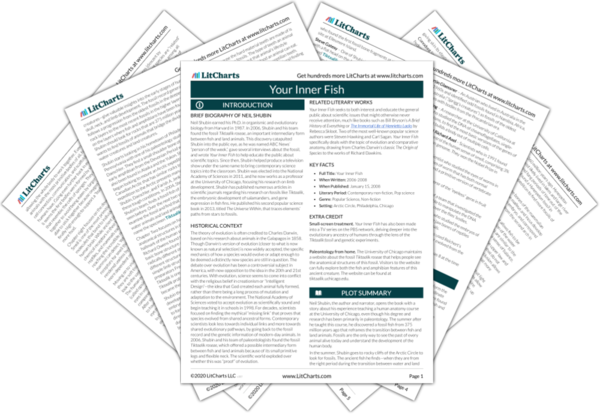AI ToolsNew
Tools to make learning and teaching easier
|
Previous
Chapter 10
|
Your Inner Fish: Chapter 11 Summary & Analysis |
Next
Themes
|


Upgrade to unlock the analysis and theme tracking for all of Your Inner FishYour Inner Fish!
Get LitCharts A+